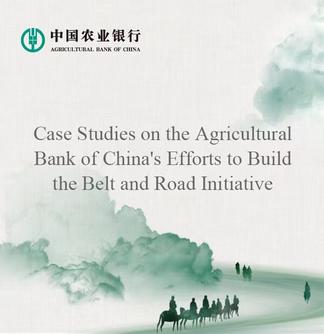
This aerial photo taken on Sept. 6, 2022 shows a view of Rongdong District in Xiong'an New Area, north China's Hebei Province. (Xinhua/Xing Guangli)
BEIJING, May 13 (Xinhua) -- The coordinated development in Beijing and neighboring regions is now in full swing and has grown into a new driving force for China's development, nine years after China launched a key strategy to build the Beijing-Tianjin-Hebei regional city cluster.
The Beijing-Tianjin-Hebei region's gross domestic product (GDP) reached 10 trillion yuan (about 1.44 trillion U.S. dollars) in 2022, 1.8 times the 2013 level at current prices, according to a report released by the Beijing Municipal Bureau of Statistics on Feb. 20.
A more rational industrial layout, the more balanced resource distribution and innovation-driven development have not only helped the crowded Chinese capital achieve healthy growth, but also brought benefits to Tianjin and Hebei.
OPTIMIZING INDUSTRIAL DISTRIBUTION
In the Beijing Daxing International Airport Economic Zone, Du Qiuju, a staff member of Beijing AegleStem Therapeutics Co., Ltd. was doing her daily job in the lab -- carefully examining stem cell raw materials.
As a native of Gu'an County, Hebei Province, Du quit her job in her hometown a year ago and chose to embrace a new opportunity in the economic zone, because "it offers a better salary and is conducive to career development."
She doesn't have to worry about commuting distance. She usually rides a motorcycle for 40 minutes to get to the company. In addition, a rail transit line currently under construction, which is located close to her home, will make commuting more convenient in the future.
The Beijing Daxing International Airport sits at the junction of Beijing's Daxing District and Langfang in Hebei Province. The economic zone has a planned area of 150 square km in total and develops industries ranging from international medical care, and airport guarantee and support services, to international convention and exhibition spaces, comprehensive-purpose bonded areas, as well as aviation logistics.
Due to its unique location advantages and rich policy support, more and more high-tech enterprises like AegleStem have settled there, while many talents from Hebei and Tianjin have been attracted there by superior jobs.
"Beijing has significant R&D strength, while Hebei offers relatively low land and labor costs. Enterprises there are very impressed by the complementary advantages of these two regions, which could combine to form synergistic development advantages," said Zhu Tianzhu, assistant director of the economic zone's administrative committee.
According to data from the National Bureau of Statistics (NBS), in 2021, the Beijing-Tianjin-Hebei region invested a total of 394.91 billion yuan in R&D, 2.1 times that of 2013, accounting for 14.1 percent of the national total.
The same story is unfolding in the Xiong'an New Area, Hebei Province. Located about 100 km southwest of Beijing, the area has been designed as a major recipient of functions previously located in Beijing but which are not essential to its role as China's capital.
Hebei Province has welcomed some 44,000 enterprises transferred from Beijing and Tianjin, according to the provincial development and reform commission. This year, Hebei plans to absorb 30 second- and third-tier subsidiaries of central enterprises which are scheduled to settle in Xiong'an.
SHARED PUBLIC SERVICES
Coordinated development has not only boosted economic growth, but also improved people's lives in the region.
Beijing Children's Hospital in 2015 started assisting the children's hospital in Baoding City, Hebei Province, providing professional medical workers and technical support.
In the past eight years, more than 8,000 medical experts from Beijing have served at Baoding Children's Hospital. They performed operations there and passed on their experience, and eventually cultivated a large number of local medical professionals and high-level medical departments in Baoding.
According to Tian Jian, director of Baoding Children's Hospital, the hospital only saw about 250,000 patients a year back in 2015, but now it could see over 600,000 patients a year. "Our hospital is now capable of carrying out major operations. Local patients can enjoy Beijing's high-quality medical resources and medical services on their doorsteps."
Apart from this rational distribution of medical resources, 22 university development alliances have also been established in the region, aiming to balance educational resources and provide equitable opportunities for students.
Transportation development has been a basis for the coordinated development of the Beijing-Tianjin-Hebei region. A "one-hour traffic circle" now exists between Beijing, Tianjin, and Hebei cities, greatly facilitating residents' work and lives in the three areas.
The region has also enjoyed better air quality and a more sustainable energy mix. In 2021, the average density of PM2.5 -- fine particulate matter that causes smog -- fell 15.6 percent compared to a year earlier. Renewable energy accounted for 8.8 percent of the region's total energy consumption, up 1.9 percentage points from 2020, according to the NBS.




 A single purchase
A single purchase









